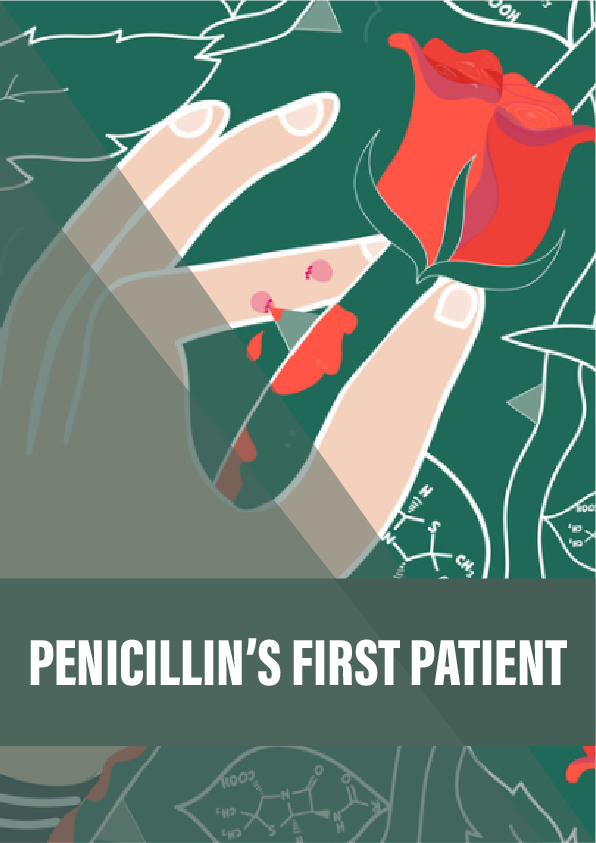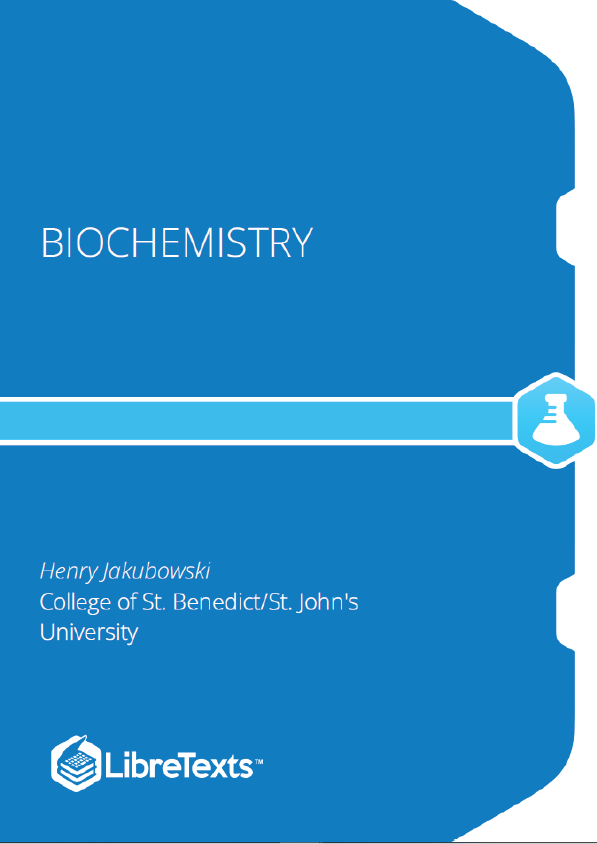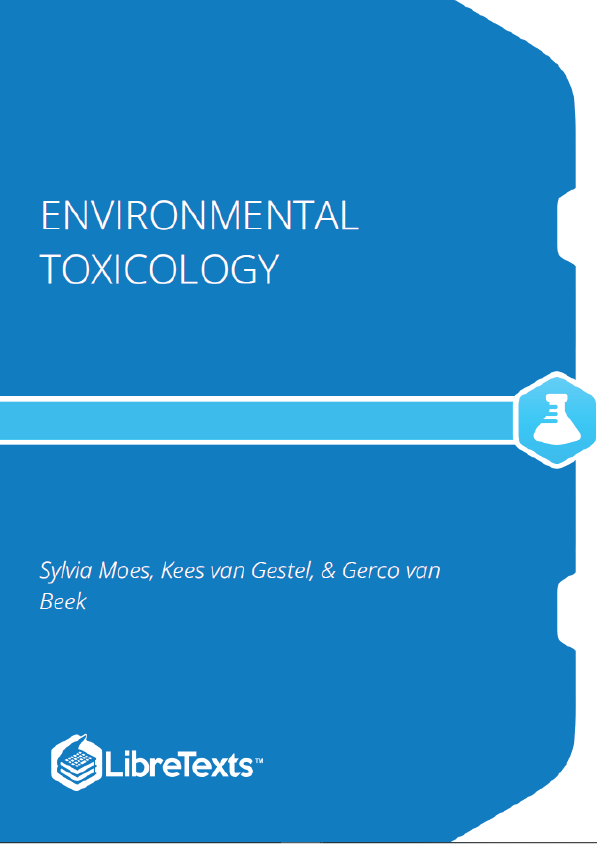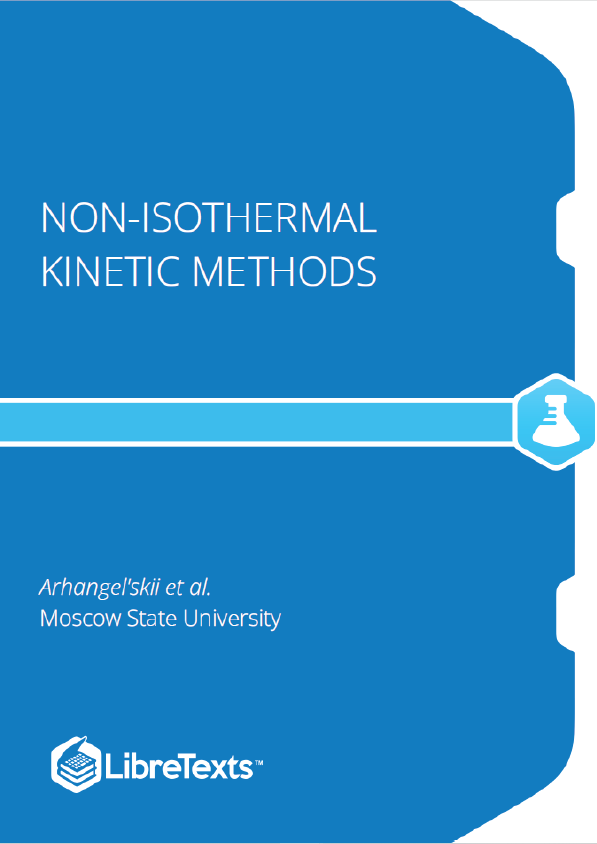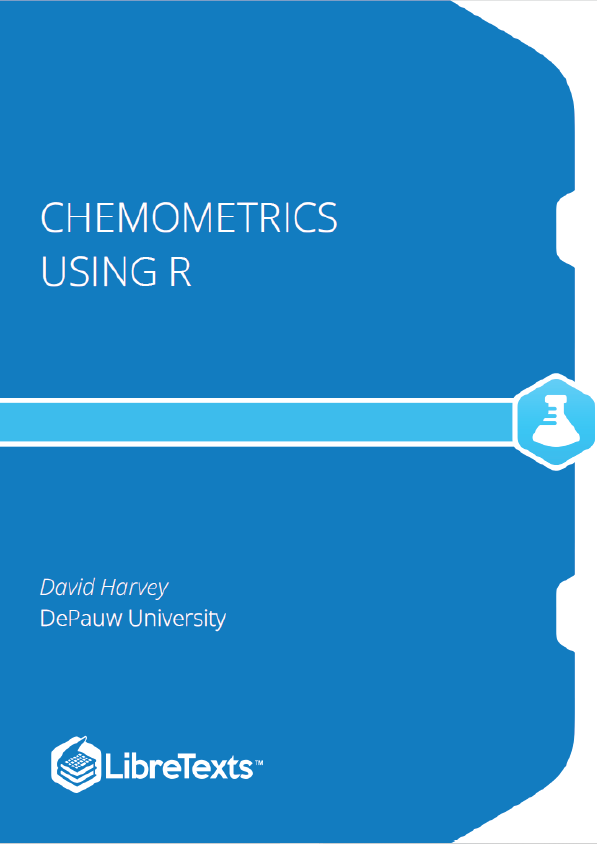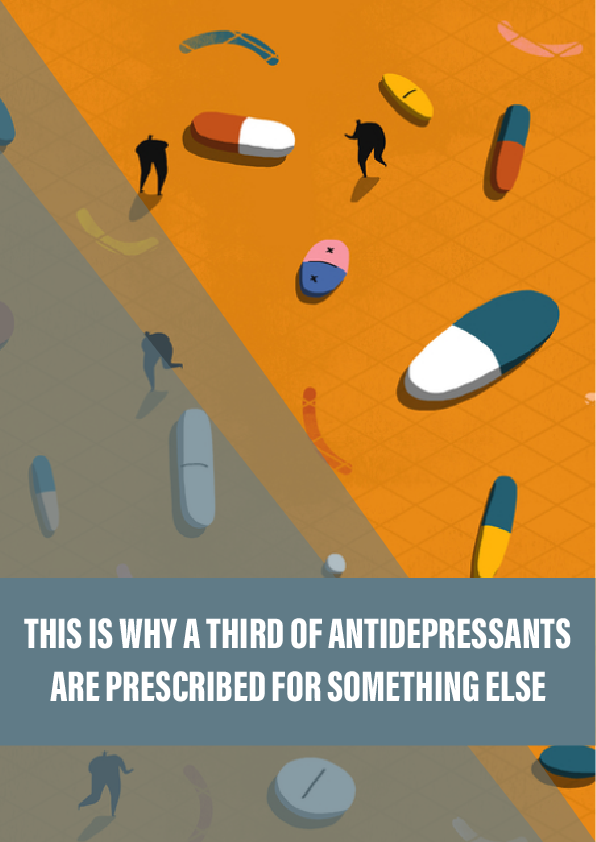he discovery of penicillin by Alexander Fleming in 1928 is often portrayed as a stroke of serendipity falling upon a sloppy worker who had left a bacterial culture plate open on his bench while taking a holiday. The fungus that landed there killed the bacteria – and the lucky Fleming could claim to have saved the world.
It was no simple fluke. The Scottish doctor had, in fact, been leading research into the quest for antimicrobial agents for many years by this time. Fleming, however, failed to develop the drug, finding it too difficult to purify. This was left to Howard Florey, Ernst Chain and Norman Heatley in Oxford over a decade later – work catalysed by the necessity of war.
The first patient to be treated with penicillin was a policeman, Constable Albert Alexander. According to popular legend, Alexander developed sepsis after pricking himself while pruning roses in the garden of the police house in the pretty hamlet of Wootton in Oxfordshire in the early autumn of 1940.
By the time the researchers felt they could test penicillin in humans – having cured infections in mice and proven its safety in a terminally ill human volunteer – Alexander was deteriorating fast. Now in the Radcliffe Infirmary in Oxford, he was covered in abscesses and had already lost an eye.
He received an initial dose of 200 mg of penicillin, followed by another 300 mg every three hours over five days. His short-term recovery was remarkable. However, the original penicillin formulation was excreted from the body so rapidly that Florey likened their task to trying to fill a bath with the plug out. It also explains the need for frequent repeat doses.
Reference:
